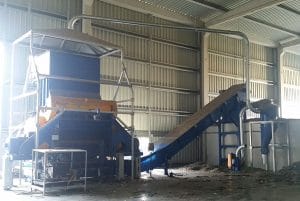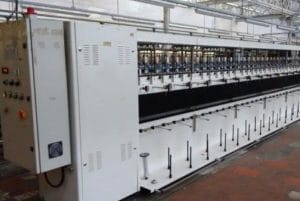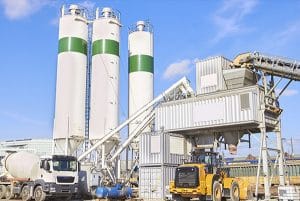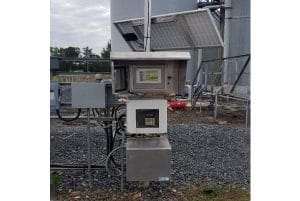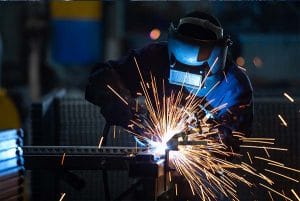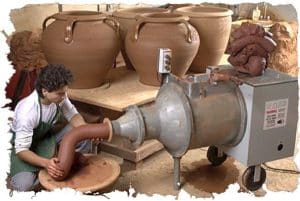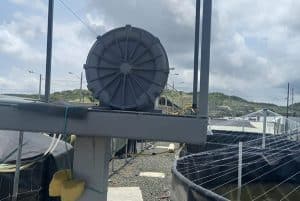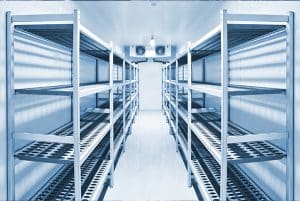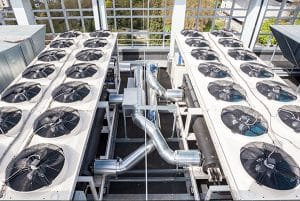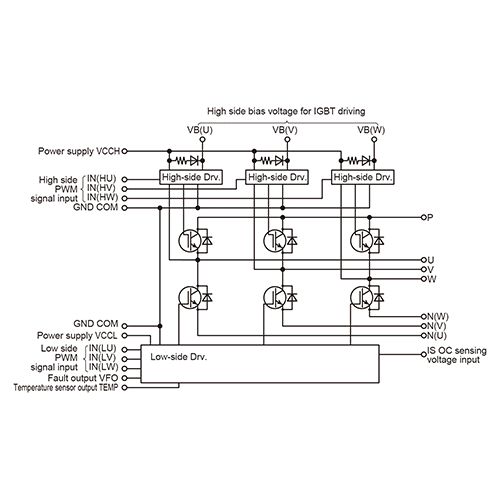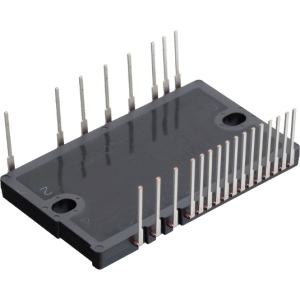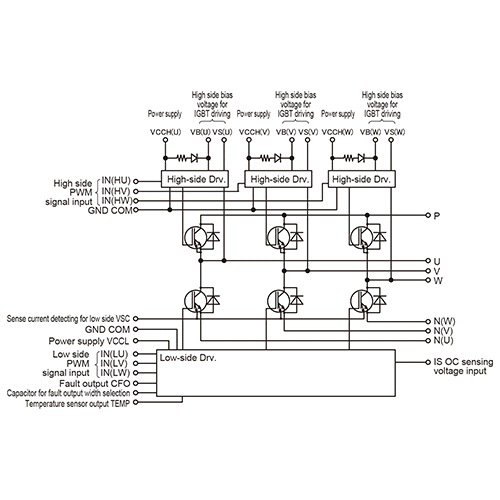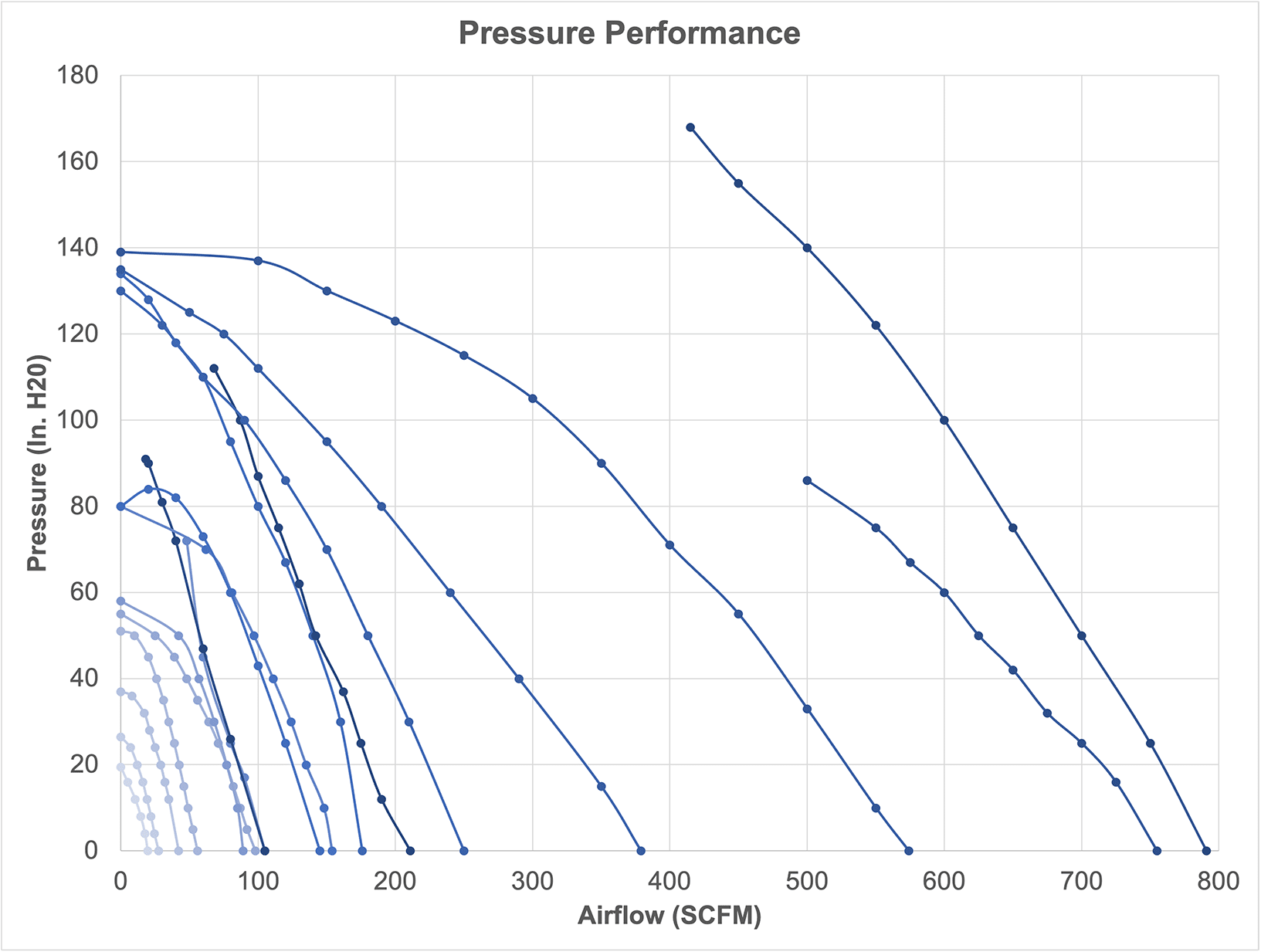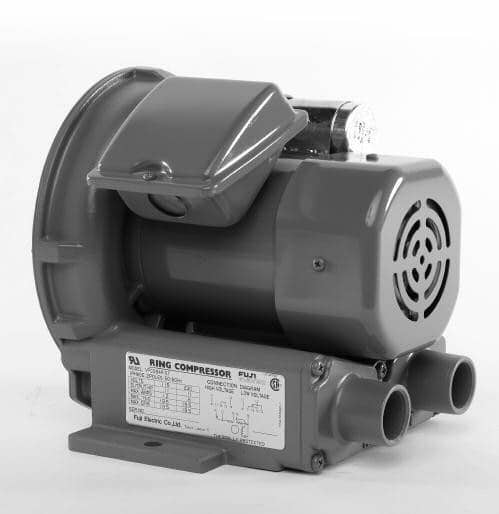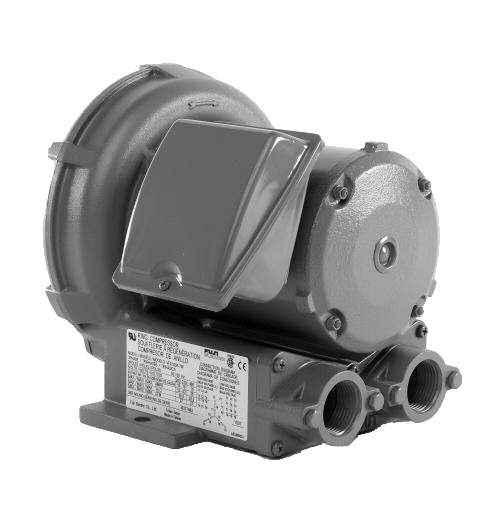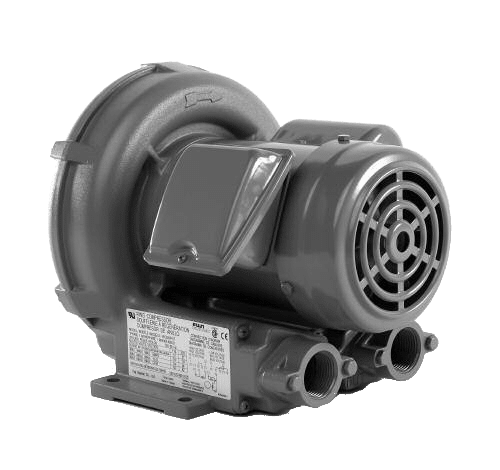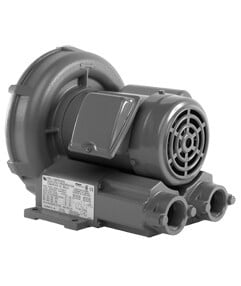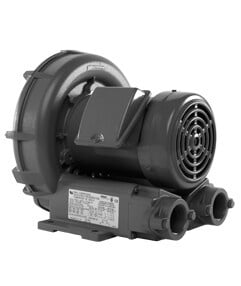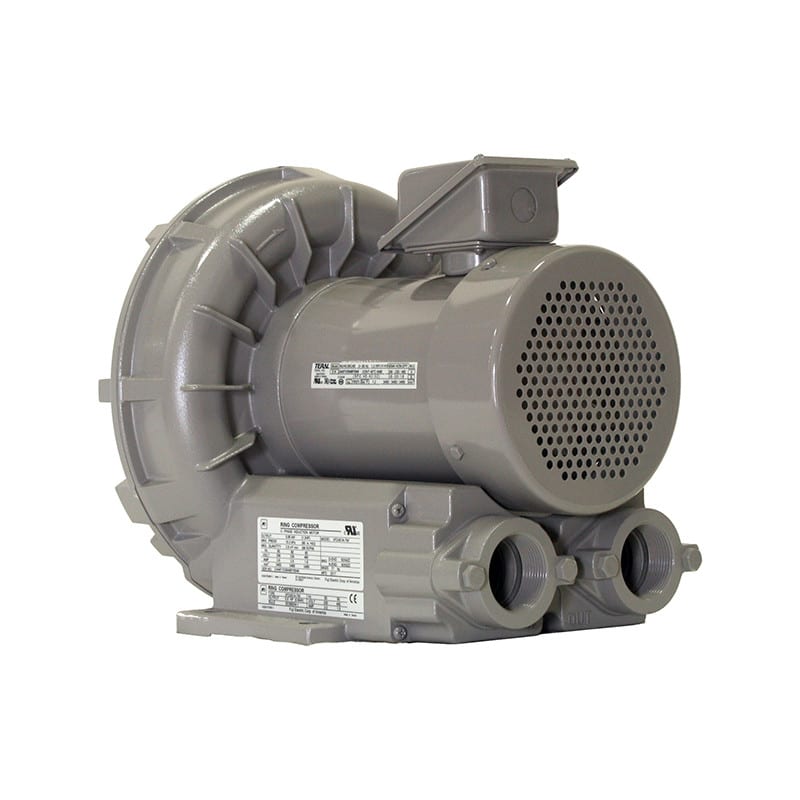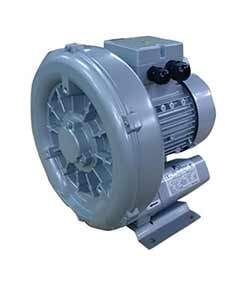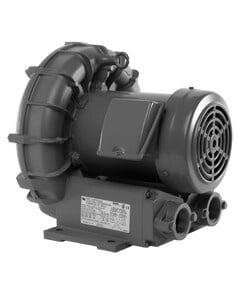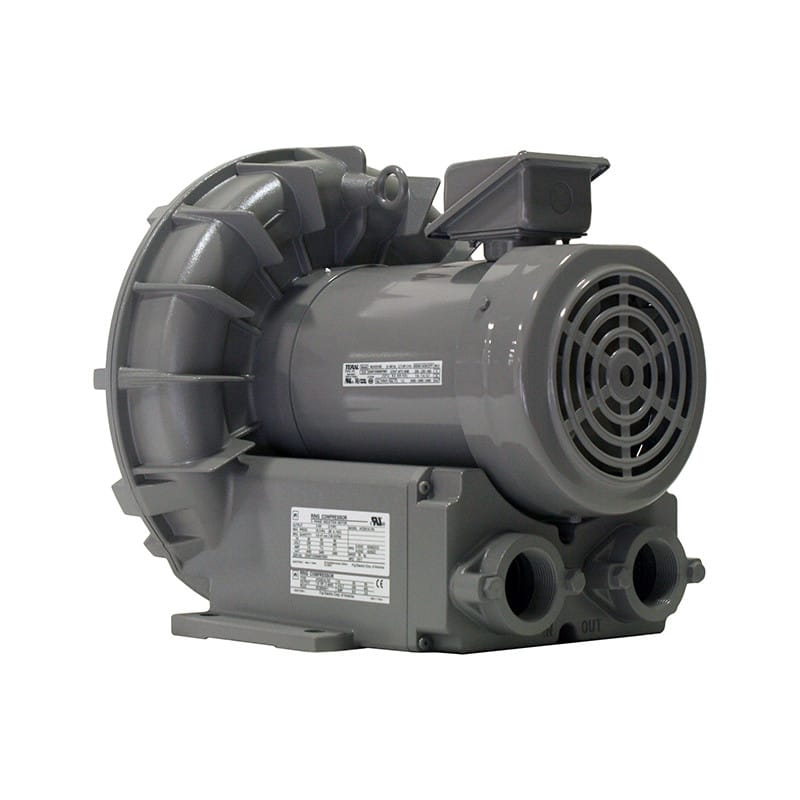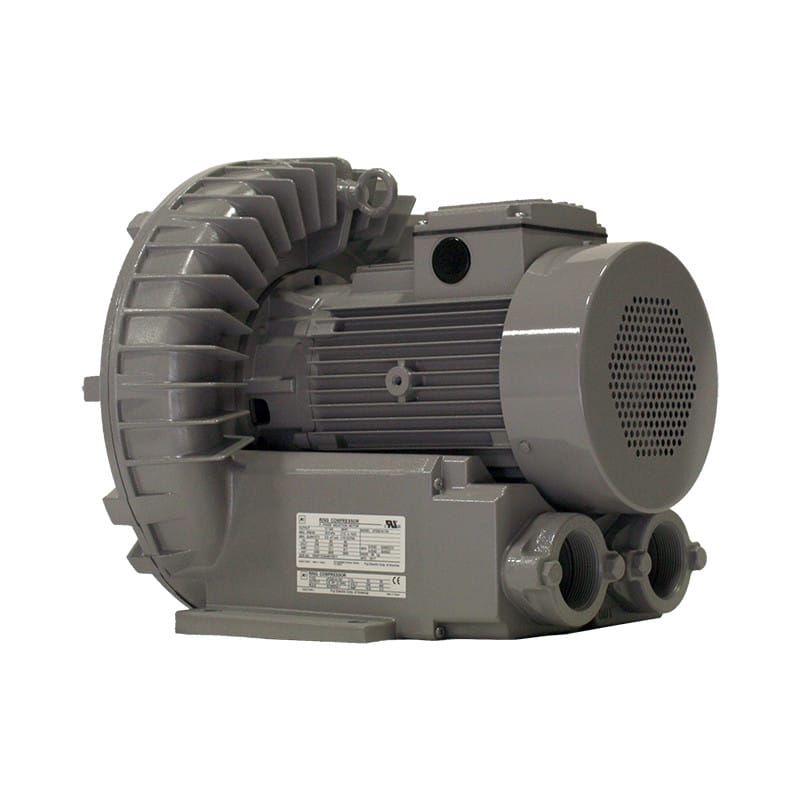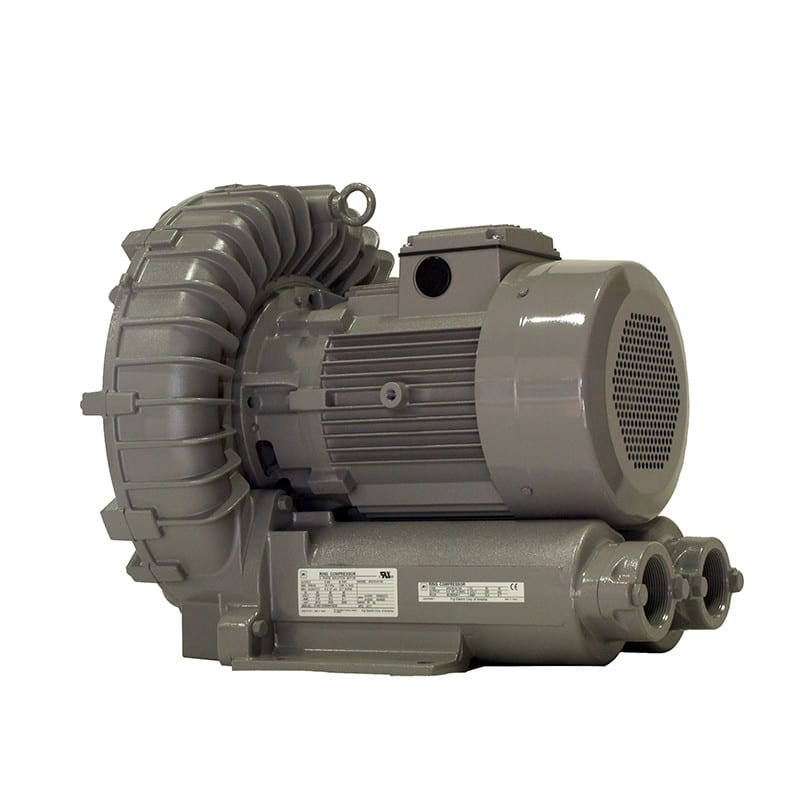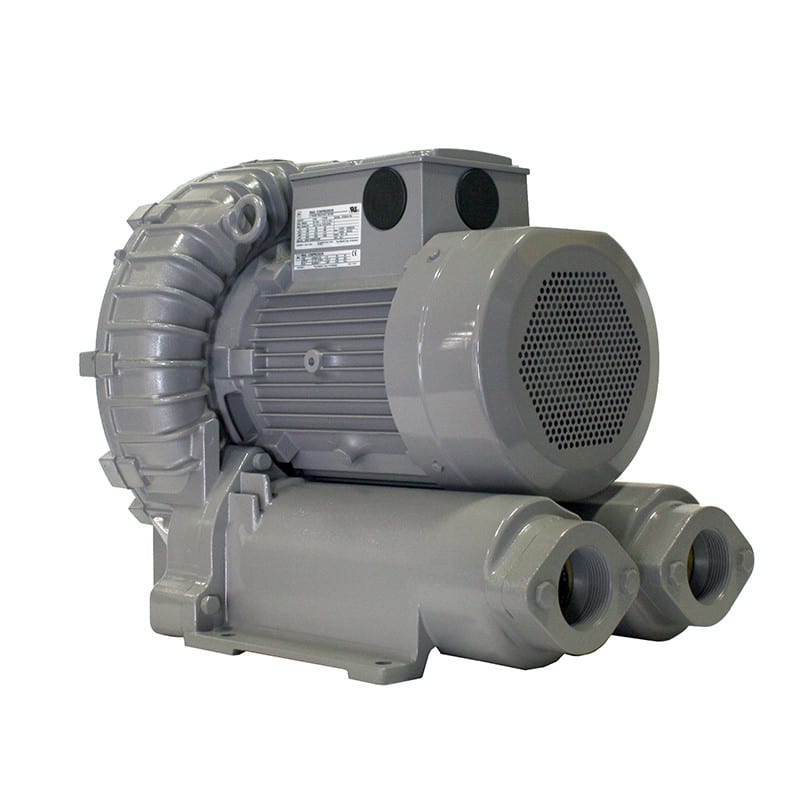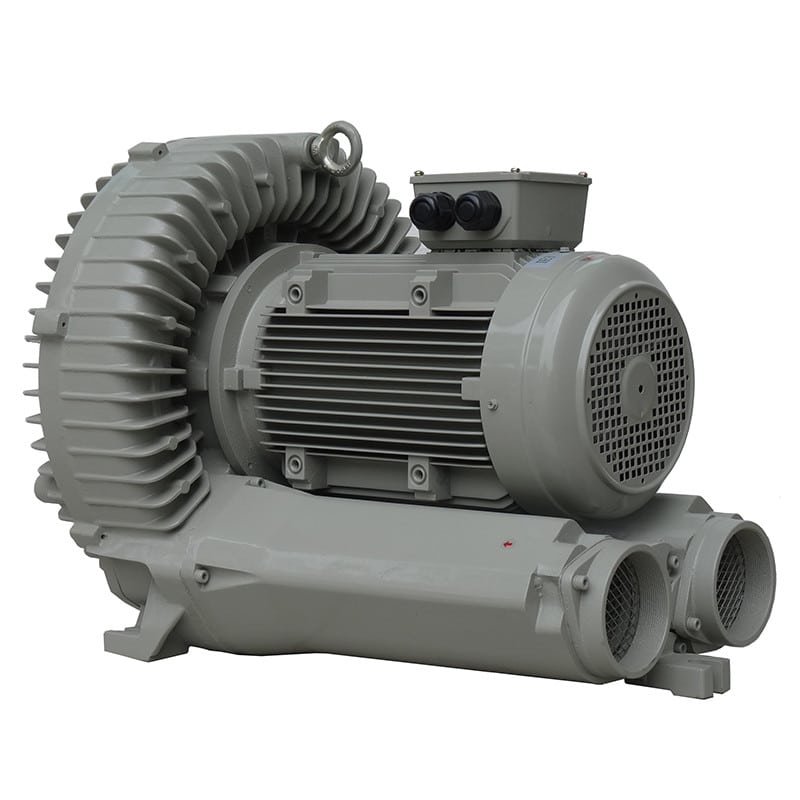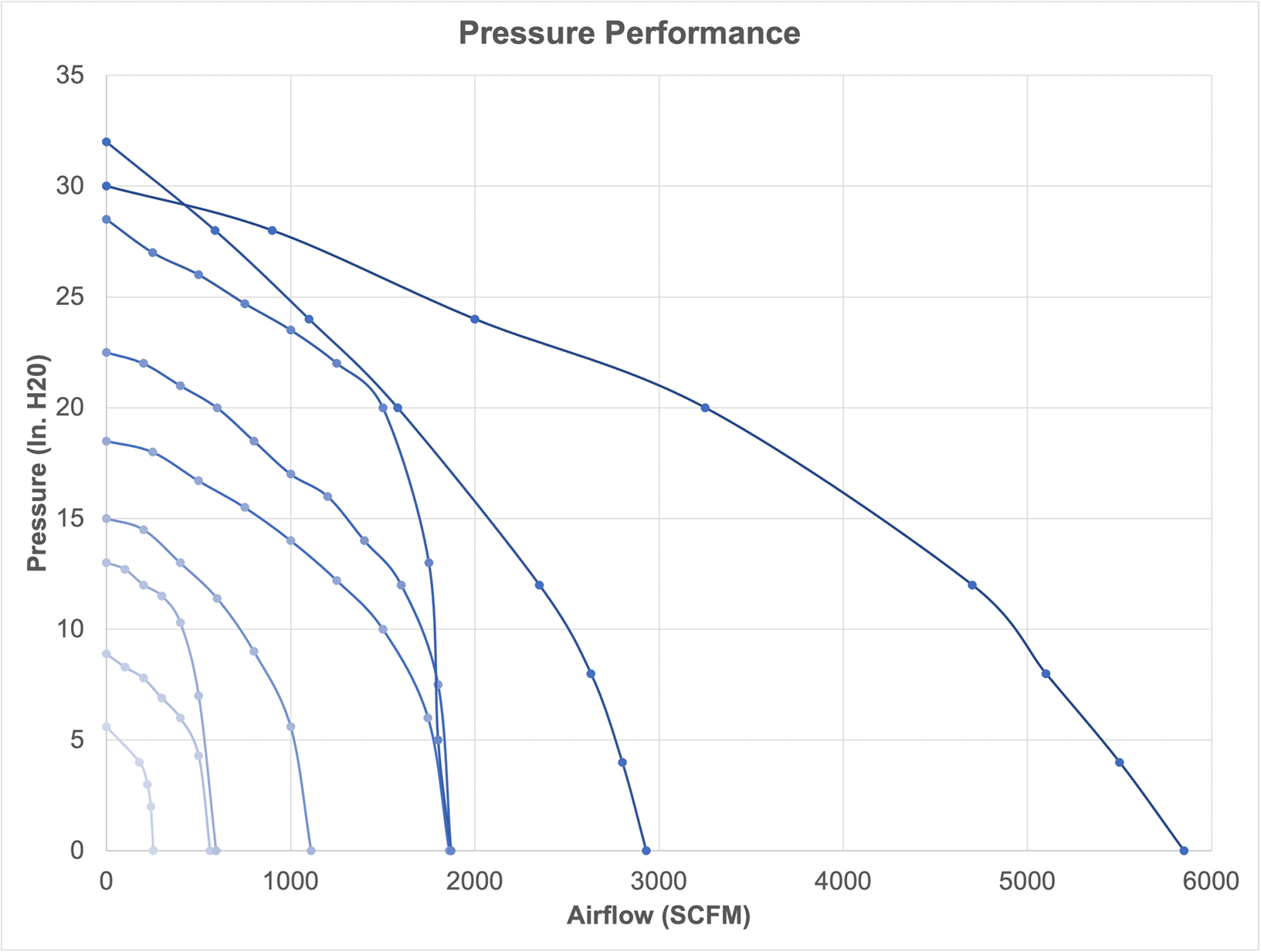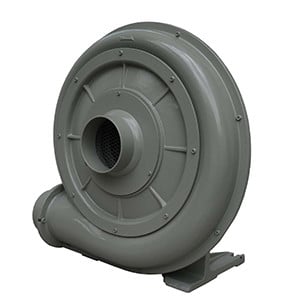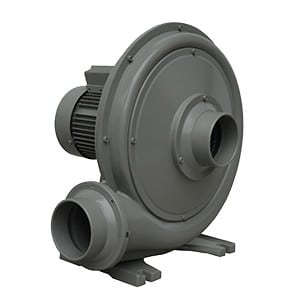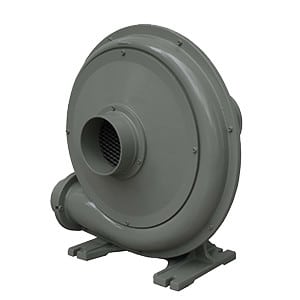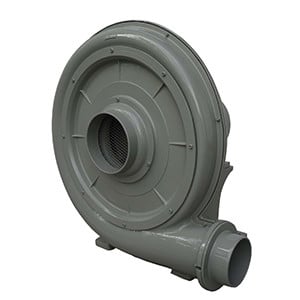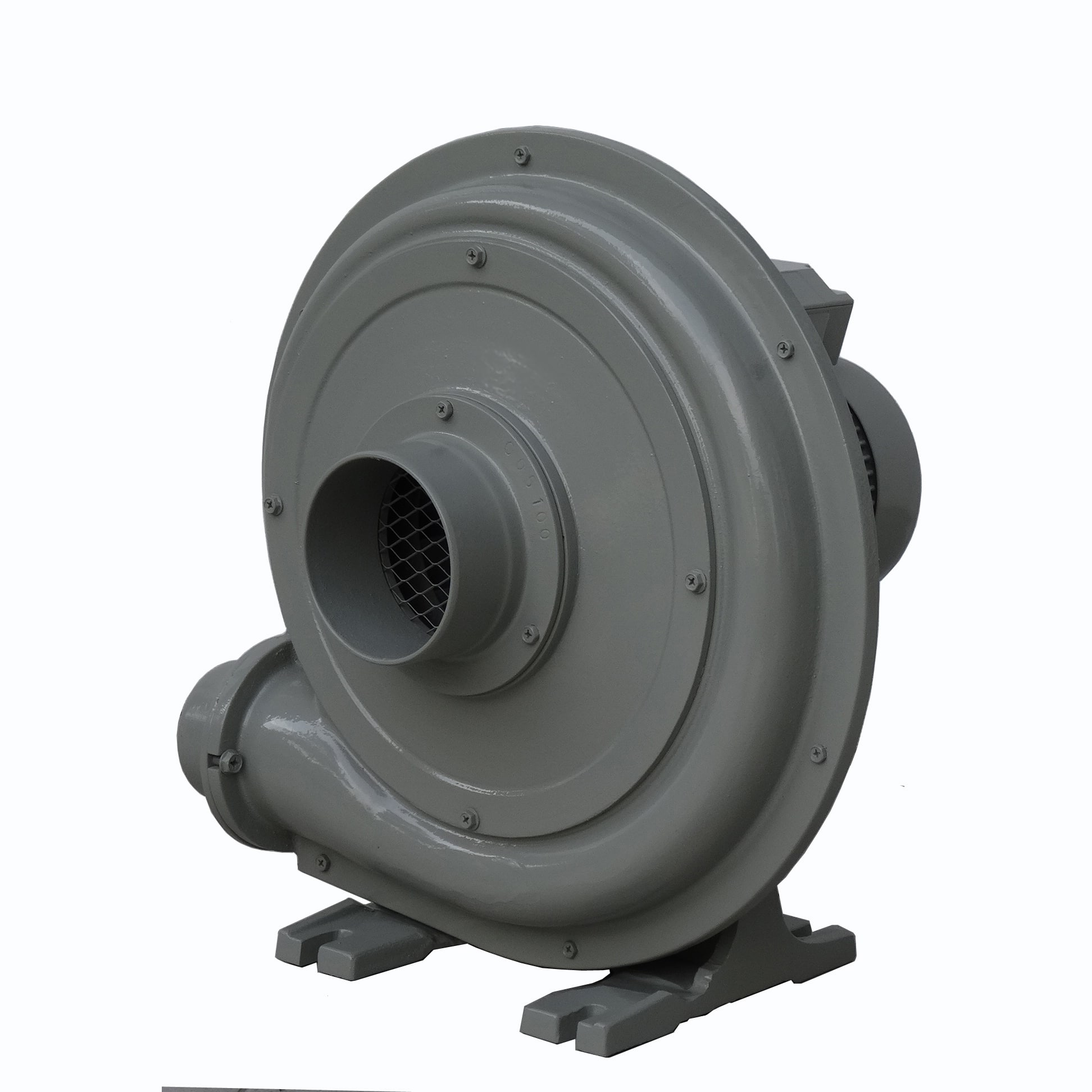Human-machine interfaces (HMIs) enable interactions between human operators and machines, allowing users to control equipment and receive real-time feedback to ensure smooth, efficient operation. These interfaces vary in complexity, from basic physical controls like buttons and switches to advanced digital touchscreens and graphical displays that offer live updates and facilitate quick adjustments to processes. The sophisticated nature of modern machinery, which relies on programmable logic controllers (PLCs) and sensors for precise, repetitive tasks, calls for reliable HMI and remote control capabilities. 
Choosing a single HMI per machine can cut costs, reducing both hardware expenses and software customization needs while simplifying control. However, this streamlined setup may impact efficiency, as operators must manage various tasks through a single screen.
Implementing multiple HMIs requires a larger initial investment but offers distinct benefits: greater task specialization, enhanced real-time monitoring, and improved operator communication. While multiple HMIs support better coordination and task division in complex manufacturing settings, their higher costs often lead designers to use fewer HMIs in initial machine designs.
Thus, modern machine design seeks a dynamic balance between the cost-saving benefits of a single HMI and the efficiency gains offered by multiple interfaces.
A cost-effective solution leverages a single high-end HMI supplemented by lower-cost, task-specific HMIs. HMI serves as a central control hub, providing a comprehensive system view, while the specialized HMIs support particular tasks. This approach optimizes efficiency by enabling operators to focus on specific functions without the cognitive load of managing an all-in-one interface.
By integrating a feature-rich central HMI with lower-cost, task-oriented HMIs, this strategy creates a balanced system that maximizes operational effectiveness while minimizing costs. The result is a harmonious design that streamlines complex operations and enhances task-specific workflows.




